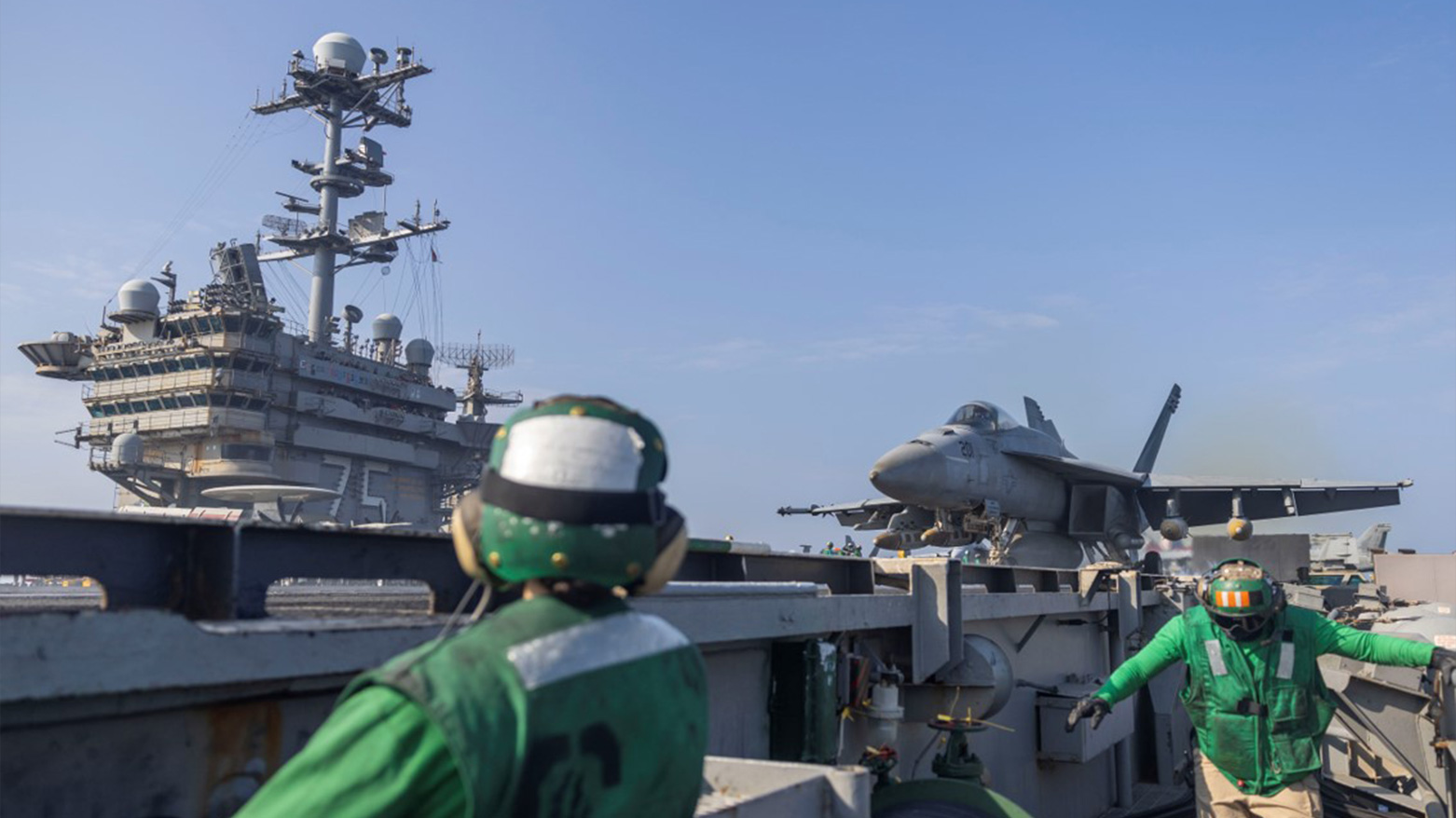US Hits ISIS Targets in Somalia
Most US strikes in Somalia in recent years targeted al-Shabab, and it remains to be seen, if this is an isolated event or the start of an ISIS resurgence there.

Feb. 2, 2025
WASHINGTON DC, United States (Kurdistan 24) The U.S. announced on Saturday that it had launched airstrikes against ISIS in Somalia. The attack was carried out in coordination with the Somali government according to a statement from the new U.S. Secretary of Defense Pete Hegseth.
AFRICOM—the U.S. force responsible for assisting African countries to maintain security—has long worked closely with the Somali government. However, virtually all U.S. strikes in Somalia in recent years targeted al-Shabab (which means “youth” in Arabic.)
According to AFRICOM’s website, there was just a single strike against ISIS in Somalia in 2024.
One has to go back to 2020 for the previous U.S. strike that targeted ISIS in Somalia. That strike was preceded by a dozen strikes in 2019 against the terrorist group, along with a flurry of strikes against ISIS targets in Libya in the same period.
Whether the two most recent strikes against ISIS targets in Somalia—on May 31, 2024, and Feb. 1, 2025—are isolated events or the prelude to more such attacks, as the U.S. responds to what may become intensified ISIS activity in Somalia, remains to be seen.
ISIS Attack in New Orleans
On Jan.1, the U.S. experienced its first ISIS-linked attack in several years. Shamsud-Din Bahar Jabbar was a 42-year-old from Houston, Texas. He was an army veteran and had served in Afghanistan from 2009 to 2010.
A black man, Jabbar’s father had converted to Islam, although Jabbar’s mother had not. Jabbar followed his father, even embracing an extreme form of the religion.
Before dawn on New Year’s day, while revellers were still celebrating the holiday, Jabbar rammed his truck at high speed into a crowd in a popular tourist street in New Orleans. He killed 14 people.
Three police officers were at the scene, and they engaged in a firefight with Jabbar, after his truck crashed. Two of the officers were injured and required hospitalization. Jabbar was killed in the shoot-out.
Jabbar had driven his truck the 350 miles from Houston and while on the way, he posted five videos. In one video, he stated that he had joined ISIS over the summer, and he proclaimed his loyalty to the terrorist organization. In addition, an ISIS flag was found in his truck.
The FBI could find no concrete tie between Jabbar and ISIS, and President Joe Biden stated that Jabbar had been “inspired” by ISIS.
Saturday’s Strike Against ISIS in Somalia
“At President Trump’s direction and in coordination with the Federal Government of Somalia, we authorized U.S. Africa Command to conduct coordinated airstrikes today targeting ISIS-Somalia operatives in the Golis mountains,” Secretary of Defense Hegseth said in a statement released on Saturday.
The Golis mountains lie in a rugged area of northwest Somalia, in the breakaway region of Somaliland.
“Our initial assessment is that multiple operatives were killed in the airstrikes and no civilians were harmed,” Hegseth’s statement continued. “This action further degrades ISIS’s ability to plot and conduct terrorist attacks threatening U.S. citizens, our partners, and innocent civilians.”
Trump provided a bit more detail in a post on X, in which he described one of those killed as an “ISIS Attack Planner,” whom the U.S. military had targeted “for years,” but “Biden and his cronies wouldn’t act quickly enough to get the job done.”
“The message to ISIS and all others who would attack Americans,” Trump concluded, “is that ‘WE WILL FIND YOU, AND WE WILL KILL YOU.’”
Rep. Michael McCauk (R, Texas), former chairman of the House Committee on Foreign Affairs, issued a statement supporting the strike.
“You can’t negotiate or reason with terrorists,” McCaul said, “because they only understand one thing: strength.” He hailed the strike as “a clear message of deterrence in a language ISIS can understand.”